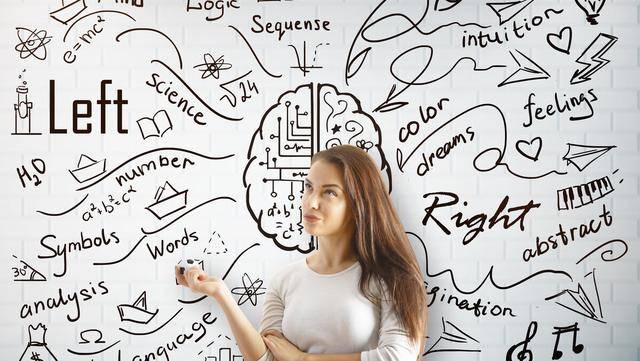Happiness and pain are two common emotions we often experience, so how does the brain balance them? Is the rising prevalence of depression worldwide a result of brain imbalance? Today, let’s explore together.
In a recent study published in “Neuron,” researchers from Cold Spring Harbor Laboratory (CSHL) in the United States found in mouse studies that the ventral pallidum area balances signals from stimulating or inhibiting neurons, thereby affecting animals’ motivation to seek pleasure or avoid pain. Imbalance can distort positive and negative motivations and may explain behaviors related to depression or anxiety. This research provides important clues for further investigating the causes and symptoms of mental illnesses.
The study indicates that different types of neurons control positive and negative motivations, sending opposite signals along common motivational brain circuits.
Professor Bo Li, the corresponding author of the study and Chief Researcher at CSHL, stated: “Ultimately, the balance of activity between these two sets of cells may determine whether an individual actively seeks pleasurable experiences or engages in negative behaviors.”
So how does depression occur?
The mechanism of depression onset is currently unclear, but during research on antidepressant drugs, it has been found that the onset of depression may be related to abnormalities in the levels of various neurotransmitters.
Biochemical studies have found that levels of serotonin, dopamine, and norepinephrine in the brains of individuals with depression are lower compared to normal individuals. The majority of medications on the market target these three neurotransmitters to treat depression.
Depression is a group of mood disorders characterized primarily by symptoms of low mood, slowed thinking, reduced speech, and decreased activity. Patients with depression often experience low mood, lack of pleasure, disinterest in activities, reduced motivation, decreased self-confidence, worrying thoughts, slow thinking, and sluggish movements.
In severe cases, these patients may have suicidal thoughts or behaviors. Alongside depressive emotions, symptoms of anxiety may also manifest, with patients appearing tense and restless, pacing back and forth, fidgeting aimlessly. Suicide risk is very high among individuals with this combination of depression and anxiety, with 80% of suicide cases involving individuals with depression, and 10% to 15% of individuals with depression dying by suicide.
How can depression with a high suicide rate be effectively treated with medication?
Treating depression mainly involves psychological counseling combined with medication. Psychological therapy is primarily used to treat acute episodes of adult depression, aiming to alleviate depressive symptoms and improve the social issues of depression patients. The most commonly used psychological treatment for depression is music therapy. The limbic system and brainstem networks play a major role in regulating internal organ and bodily functions, and music can directly or indirectly influence these neural structures.
Common antidepressant medications in clinical practice include trazodone, paroxetine, sertraline, fluoxetine, and venlafaxine, known as the “Five Golden Flowers” of antidepressants. These medications, classified as selective serotonin reuptake inhibitors (SSRIs), share common pharmacological effects.
One of these medications, trazodone hydrochloride tablets, besides treating symptoms related to depression, can also be used for anxiety disorders and obsessive-compulsive disorder. Research has shown that after 8 weeks of trazodone treatment, depression and anxiety symptoms significantly improved in patients with generalized anxiety disorder, with a total effective rate of 81.8%.
As a classic long-term antidepressant drug, trazodone hydrochloride has been clinically tested for safety over the years, playing a crucial role in the effectiveness of depression treatment with fewer side effects. However, specific medication should be guided by a doctor or pharmacist.
#HealthPopularScienceCompetition##Depression#
Disclaimer: The above content has been reviewed by a licensed pharmacist from Wonderful Doctor. Science popularization content cannot replace diagnosis and treatment advice, and is for reference only. For more questions, please follow Wonderful Doctor. Some images are sourced from the internet, and if there is any infringement, please contact for removal.


